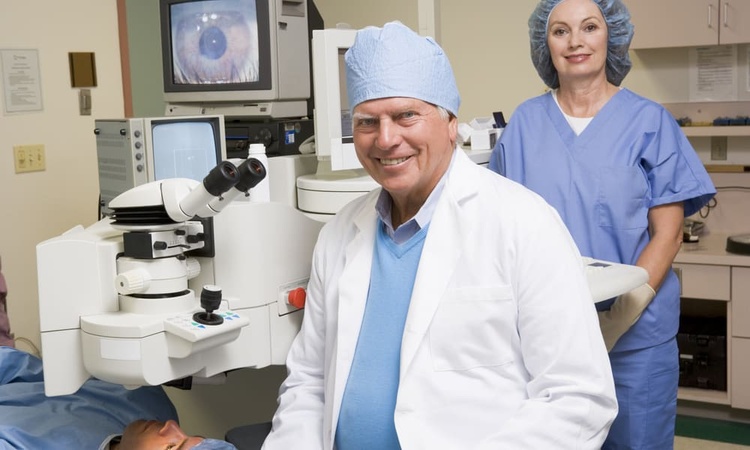Hair Implants: How New Technologies Improve Results and Make Clinics More Accessible
Hair implant procedures have undergone significant transformations in recent years, driven by technological innovations that enhance patient outcomes and expand treatment accessibility. Modern approaches utilize sophisticated equipment and refined methodologies that address the limitations of earlier techniques, making hair restoration a more viable option for individuals experiencing hair loss. These developments have not only improved the quality of results but also made procedures more accessible to a broader range of patients seeking effective solutions for hair restoration.

How Do Less Invasive Techniques Transform Hair Implant Procedures?
Advances in hair implant technology include less invasive techniques and refined equipment that have revolutionized the field of hair restoration. Follicular Unit Extraction (FUE) represents a significant departure from traditional strip harvesting methods, utilizing precision instruments to extract individual hair follicles without requiring large incisions. Robotic-assisted systems, such as the ARTAS robot, employ advanced algorithms and artificial intelligence to identify and harvest optimal donor follicles with minimal human error. These systems can analyze hair density, angle, and direction to ensure precise extraction while preserving surrounding tissue integrity. Additionally, newer techniques like Direct Hair Implantation (DHI) eliminate the need for creating recipient sites beforehand, as specialized implanter pens allow for simultaneous site creation and follicle placement in a single step.
What Recovery Time and Precision Improvements Can Patients Expect?
Compared to older methods, today’s approaches often reduce recovery time and improve precision significantly. Traditional strip harvesting required extensive healing periods due to linear scarring and suture removal, often necessitating weeks of restricted activity. Modern FUE procedures typically allow patients to return to work within 2-3 days, with most experiencing minimal visible scarring that heals within 7-10 days. The precision improvements are equally remarkable, with newer techniques achieving graft survival rates exceeding 95% compared to 80-85% with older methods. Microscopic preparation of grafts under specialized equipment ensures optimal follicle viability, while temperature-controlled storage solutions maintain graft integrity during the procedure. These technological enhancements result in more natural-looking hairlines with improved density distribution and reduced trauma to both donor and recipient areas.
How Do Regional and Procedural Factors Affect Treatment Costs?
Costs may differ depending on the clinic, region, and specific procedure type, creating a complex pricing landscape for patients to navigate. Geographic location plays a substantial role in determining overall expenses, with procedures in major metropolitan areas typically commanding higher fees due to increased overhead costs and market demand. The complexity of individual cases significantly influences pricing, as patients requiring extensive coverage or multiple sessions face proportionally higher costs. Clinic reputation, surgeon experience, and facility accreditation also contribute to price variations, with established practices often charging premium rates for their expertise and track record.
| Procedure Type | Average Cost Range | Geographic Region | Session Requirements |
|---|---|---|---|
| FUE (1000-2000 grafts) | $4,000-$8,000 | North America | 1-2 sessions |
| FUT Strip Method | $3,000-$6,000 | North America | 1 session |
| DHI Procedure | $5,000-$12,000 | Europe/USA | 1-2 sessions |
| Robotic FUE | $8,000-$15,000 | Major Cities | 1-2 sessions |
Prices, rates, or cost estimates mentioned in this article are based on the latest available information but may change over time. Independent research is advised before making financial decisions.
What Technology Innovations Are Shaping Future Hair Restoration?
Emerging technologies continue to push the boundaries of what’s possible in hair restoration procedures. Platelet-Rich Plasma (PRP) therapy has gained traction as an adjunctive treatment, utilizing the patient’s own growth factors to enhance follicle survival and stimulate existing hair growth. Stem cell research shows promising applications for hair regeneration, with some clinics beginning to incorporate stem cell-enriched treatments into their protocols. Advanced imaging systems now allow surgeons to map recipient areas with unprecedented accuracy, ensuring optimal placement angles and density distribution. Automated systems for graft counting and quality assessment reduce human error while improving procedure efficiency and outcomes.
How Has Clinic Accessibility Improved for Patients?
The expansion of specialized hair restoration clinics has made treatments more accessible to patients across diverse geographic areas. Telemedicine consultations enable initial assessments and follow-up care without requiring extensive travel, particularly benefiting patients in remote locations. Many clinics now offer financing options and payment plans that make procedures more financially accessible to middle-income patients. Mobile hair restoration units and satellite clinic locations have extended services to underserved areas, while standardized training programs have increased the number of qualified practitioners available to perform these procedures.
Modern hair implant technologies have transformed the landscape of hair restoration, offering patients less invasive procedures with improved outcomes and reduced recovery times. The combination of technological advancement and increased clinic accessibility has made hair restoration a more viable option for individuals seeking effective solutions to hair loss. As research continues and techniques evolve, patients can expect further improvements in both the quality of results and the overall treatment experience, making hair restoration procedures increasingly sophisticated and accessible to those who need them.
This article is for informational purposes only and should not be considered medical advice. Please consult a qualified healthcare professional for personalized guidance and treatment.




